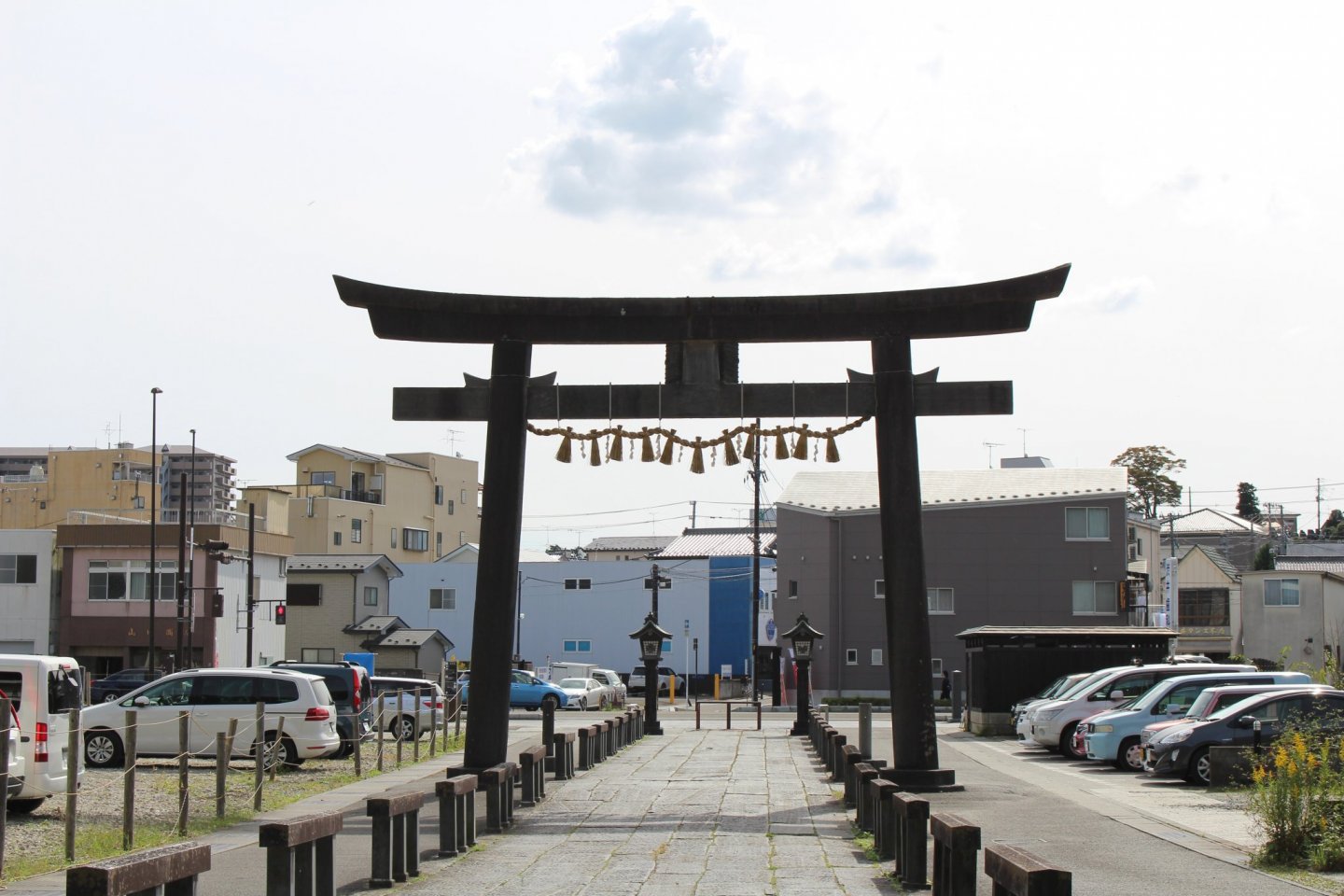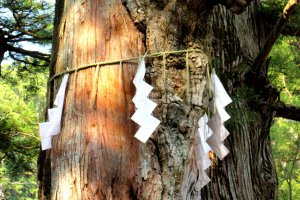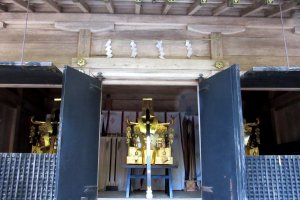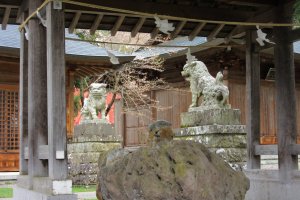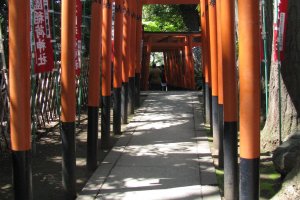After several trips to Japan, I've decided upon some of my favorite places, places that I always visit that offer me new "discoveries". There is nothing analogous to these places in my home country.
The first of my favourite places are Shinto shrines - not necessarily the famous ones but, rather, the more ordinary and inconspicuous ones. I especially like shrines in the countryside or those in small cities where I'll often visit and find myself alone. After passing the torii gate, I immediately feel as if I am under the protection of the kami gods who dwell somewhere amongst the huge trees…

Shinto is an ancient religion in Japan, similar to the pagan belief in the higher power of Nature. Nature constantly shows its superior power to humans, at the same time bringing both peace and tranquility in Japan while also causing earthquakes, rainy seasons and autumn typhoons. For these reasons, people have worshipped and respected nature since ancient times.
I'm particularly awestruck by the giant sacred trees found on many shrine grounds. Among them there are thousand-year-old "elders" where, even if only the trunk remains, it is kept as a sacred one. The powerful trunks of cedars, whose crowns are somewhere high in the sky, impress me more than the columns of marble in Western temples. Shinto stones, too, are revered, some probably as old as the Earth.

In Shinto shrines, there are no images of Kami, which I think is correct, because the main thing here is the spirit. However, some images can be found there, such as komainu guardian statues of lion-like dogs and kitsune foxes. I particularly like kitsune, perhaps because my surname means the same!
There are some rules in Shinto, but they are not strict or overwhelming. There are also traditions and rituals, such as the dedication of children at the "Shichi-go-San" festival which refers to children "seven-five-three" years in age. In Japan, you can find the belief that young children belong to the Kami, not to the human world.
Wedding ceremonies at Shinto shrines can also be observed. I have often watched wedding ceremony being performed and have admired the ancient ritual performed by the Miko girl - it always seemed to belong to ‘another reality’.

Along with the various ceremonies there are also several rituals in Shinto like water purification and the ritual of applying directly to the Kami without intermediaries and certain prayers. In the end, though, Shinto shrines are generally quiet places where I can feel myself as being part of both the natural and spiritual worlds.

